Tag: Department of Organismic and Evolutionary Biology
-
Science & Tech
Why are hybrid animals sterile?
Study of crossbred butterflies suggests multiple genes involved
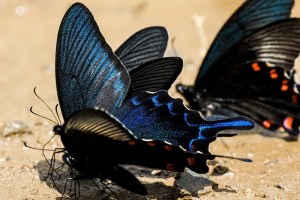
-
Science & Tech
Who will fight for the frogs?
Indian herpetologists bring their life’s work to Harvard just as study shows a world hostile to the fate of amphibians.
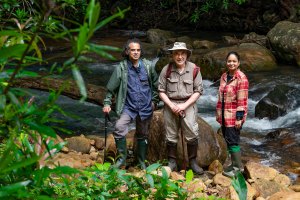
-
Science & Tech
A COVID cure worse than the disease?
Some worry a treatment that kills SARS-CoV-2 by helping it mutate could spawn a super virus. New research weighs in on its “evolutionary safety.”
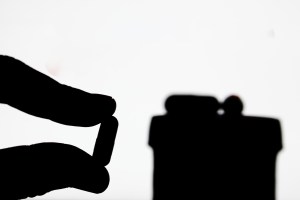
-
Science & Tech
Lessons in regeneration by light of glowing worms
Harvard-led team is learning secrets of regeneration through a method for manipulating genome, which allows a better view of workings of cells.
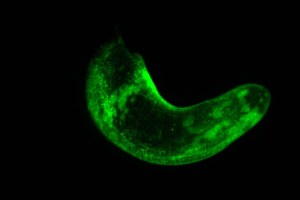
-
Science & Tech
Why did some mammals develop tusks?
New study defines and traces the evolution of tusks from the first animals to sport them.
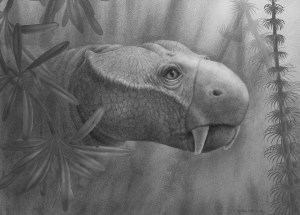
-
Science & Tech
From fins to limbs and water to land
Harvard scientists reconstruct evolution of limb-based motion in early tetrapods.
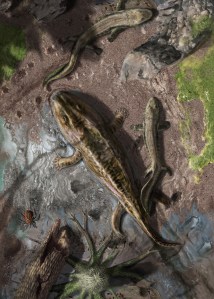
-
Science & Tech
The Popovich of floral nectar spurs
Researchers discover gene controlling nectar spur development, opening door for insights into evolution.
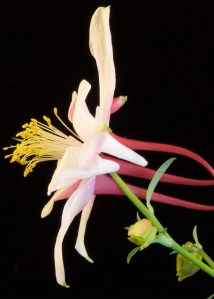
-
Science & Tech
Viewing flattened fossils in a new light
Harvard and Chinese scientists study Cambrian fossils using micro-CT and 3D models.
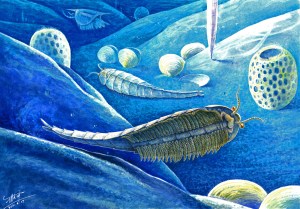
-
Campus & Community
Going the distance for himself and a larger purpose
Harvard ornithologist Scott V. Edwards bicycles across the nation, raising awareness of Black Birders Week and Black Lives Matter.
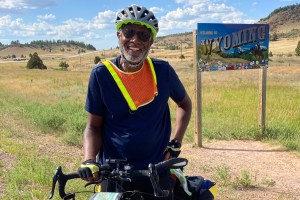
-
Science & Tech
A new threat to bees
Bee health experts Benjamin de Bivort and James Crall discuss the murder hornet threat and other dangers facing bees.
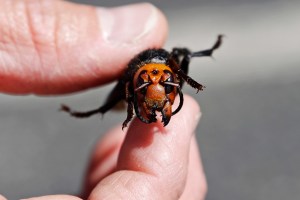
-
Science & Tech
A rose by any other name — could be confusing
Kanchi Gandhi is one of a small group of global experts who referees the rules of naming new plant species.
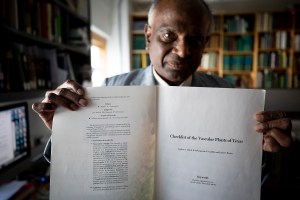
-
Science & Tech
Day of the golden jackal
The surprising success story of the golden jackal in Europe holds lessons about nature’s resilience and about how nature might respond to the evolutionary pressure exerted by humans as we change the natural landscape. The Gazette spoke with doctoral student Nathan Ranc for insight.
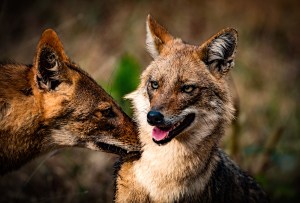
-
Science & Tech
Termites shape and are shaped by their mounds
Researchers investigate how centimeter-sized termites, without architects, engineers or foremen, can build complex, long-standing, meter-sized structures all over the world.
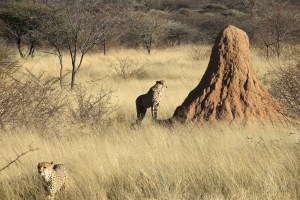
-
Science & Tech
CRISPR’s breakthrough implications
CRISPR pioneer Jennifer Doudna discussed the gene-editing technology’s rapid spread and the need for a robust discussion about the ethics of its applications.

-
Health
Wine watcher
Harvard biologist Elizabeth Wolkovich is studying wine grape phenology and changes that might be needed in a warming world.
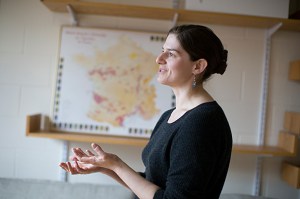
-
Health
You call this spring?
Despite this year’s long winter and slow-warming spring, Harvard experts say that climate change hasn’t gone on hiatus. Long-term evidence indicates that spring in Boston has begun coming weeks earlier over the last century. The Gazette spoke with Elizabeth Wolkovich, a recently appointed assistant professor of organismic and evolutionary biology, about spring’s arrival, climate change,…

-
Campus & Community
Into the deep
Cambridge Rindge and Latin School students talked with Harvard researchers using the deep-sea submarine Alvin to explore the Gulf of Mexico.
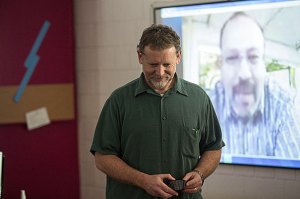
-
Health
Glimpses of paradise
Photographer and Harvard affiliate Tim Laman worked with Edwin Scholes of the Cornell Laboratory of Ornithology to document all 39 species of birds of paradise.
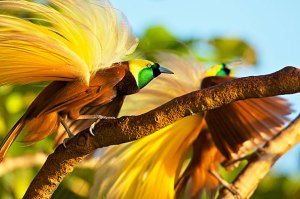
-
Health
Vivid details
A landmark effort to sequence the genome of the butterfly Heliconius melpomene has revealed that it shares genes that control color patterns with two species that closely mimic its appearance — Heliconius timareta and Heliconius elevatus — suggesting that all three exchange genes as a result of occasional hybridization.
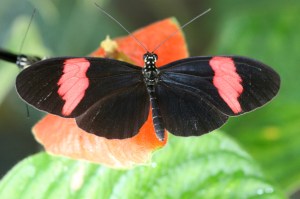
-
Health
Clams, snails, and squids, oh my!
A new Museum of Natural History exhibit focuses on the enormous diversity of mollusks, which live everywhere from the deep ocean to fresh water to land.

-
Campus & Community
A step up through Year Up
In the Year Up program, high school graduates and GED recipients are provided with six months of training in professional skills and education, followed by six-month internships at their corporate partners, including Harvard.
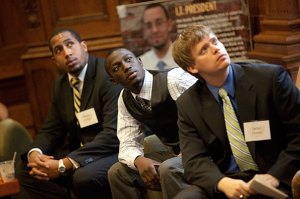
-
Health
First lizard genome sequenced
The green anole lizard is an agile and active creature, and so are elements of its genome. This genomic agility and other new clues have emerged from the full sequencing of the lizard’s genome and may offer insights into how the genomes of humans, mammals, and their reptilian counterparts have evolved since mammals and reptiles…
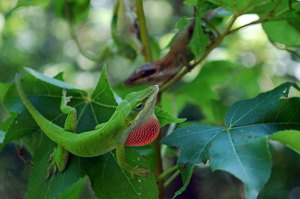
-
Health
The efficient caveman cook
Harvard researchers say the rise of cooking likely occurred more than 1.9 million years ago and bestowed on human ancestors a gift of time in the form of hours each day not spent eating.
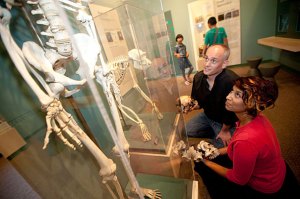
-
Science & Tech
How fish swim
Scientists have long believed that sunfish, perch, trout, and other such bony fish propel themselves forward with the movement of their tails, while their dorsal and anal fins — the fins on their tops and bottoms — work primarily as stabilizers.
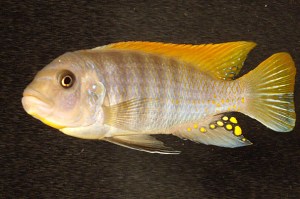
-
Health
Designing gene
Taking advantage of the simple color pattern of deer mice, Harvard researchers showed that small changes in the activity of a single pigmentation gene in embryos generate big differences in adult color pattern.
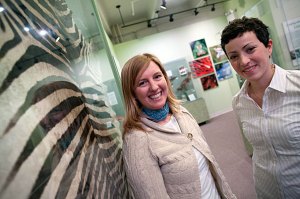
-
Campus & Community
Harvard Club of Australia Foundation awards fellowships to three from Harvard
The Harvard Club of Australia Foundation has awarded fellowships to three distinguished Harvard researchers intending collaborative scientific research in Australia during 2011.
-
Campus & Community
Waves and the waggle dance
In a lecture, titled “Good Vibrations: How We Communicate” and hosted by Harvard’s School of Engineering and Applied Sciences, Howard Stone, Dixon Professor of Mechanical and Aerospace Engineering at Princeton University and a former Harvard faculty member, enticed children and their families into the world of physics and biology.

-
Campus & Community
Harvard Forest director awarded for conservation efforts
The Trustees of Reservations recently recognized David R. Foster with their prestigious Charles Eliot Award at the organization’s annual meeting and dinner held on Sept. 25.
-
Campus & Community
SEAS student awarded fellowship
Emily Gardel, a Ph.D. candidate in applied physics at the Harvard School of Engineering and Applied Sciences (SEAS), has been awarded a three-year Department of Energy Office of Science Graduate Fellowship.

-
Health
Mom’s influence comes first
Genome-wide analysis of mice brains has found that maternally inherited genes are expressed preferentially in the developing brain, while the pattern shifts decisively in favor of paternal influence by adulthood.…


